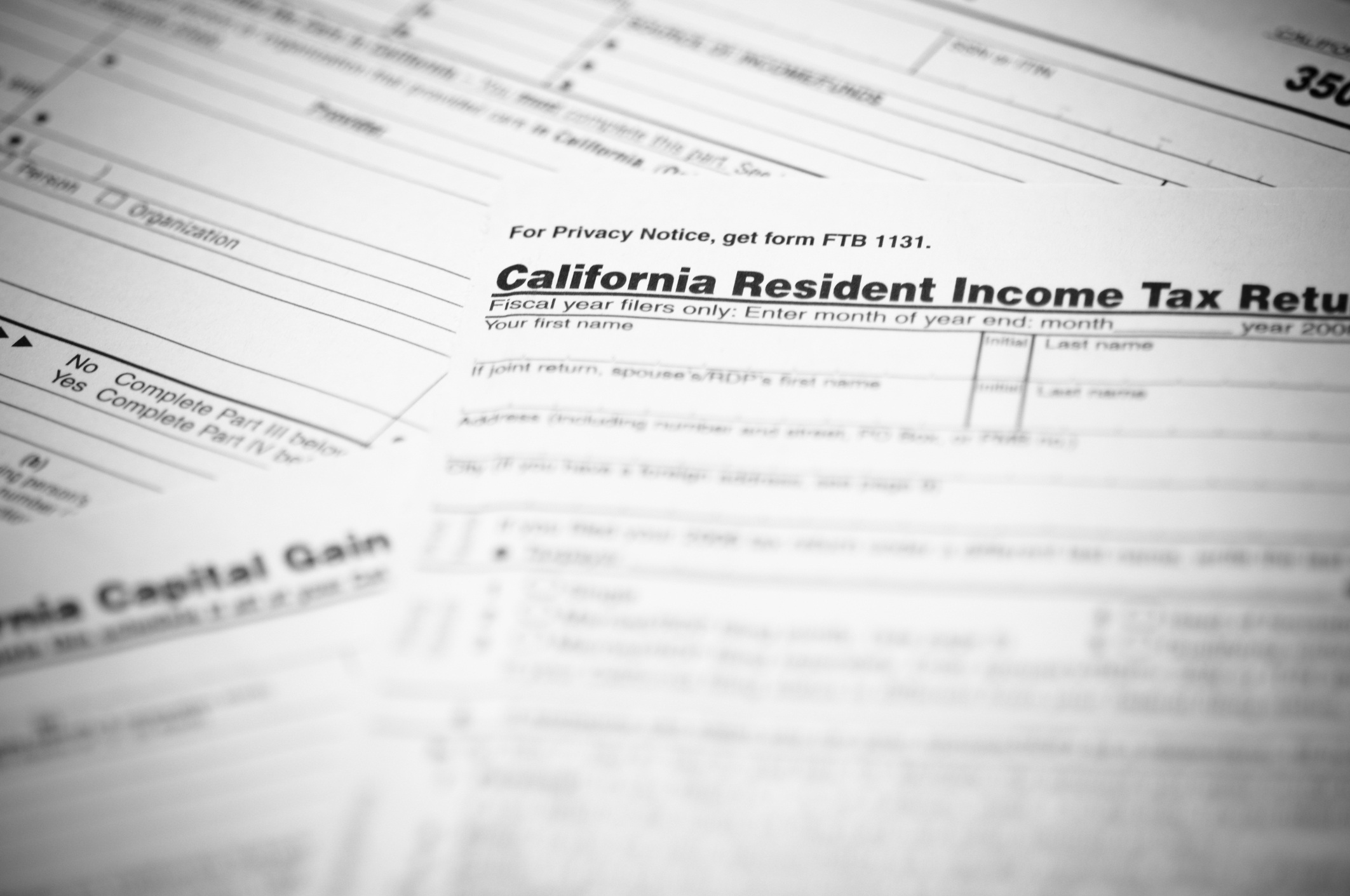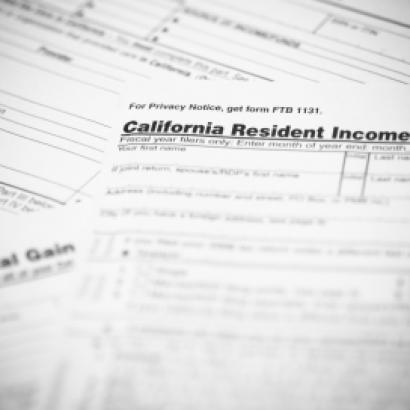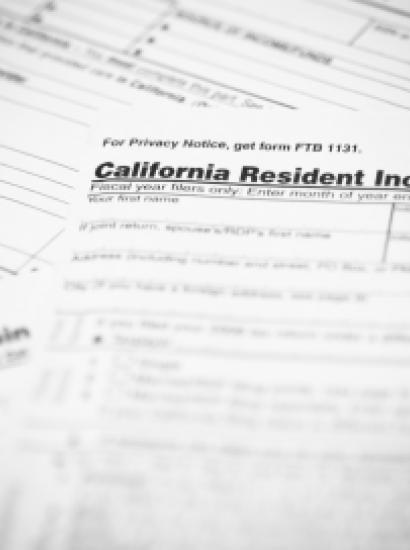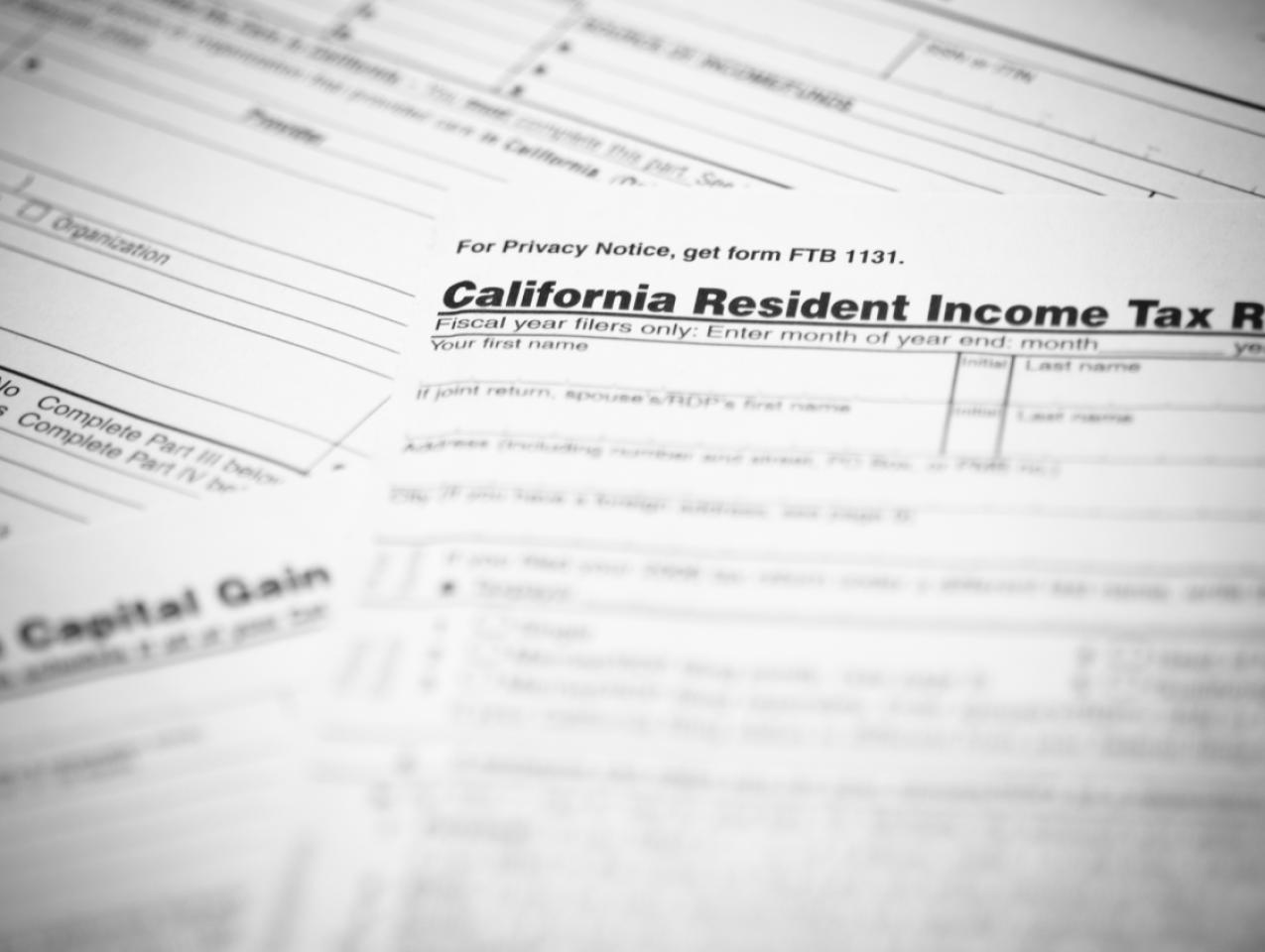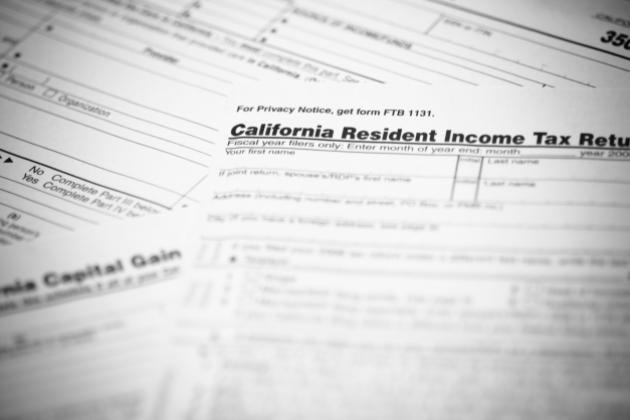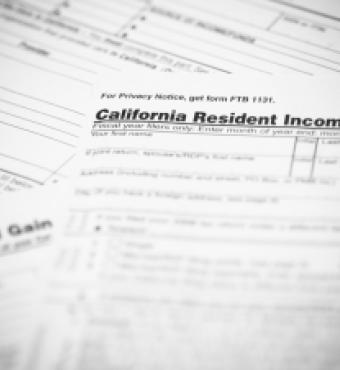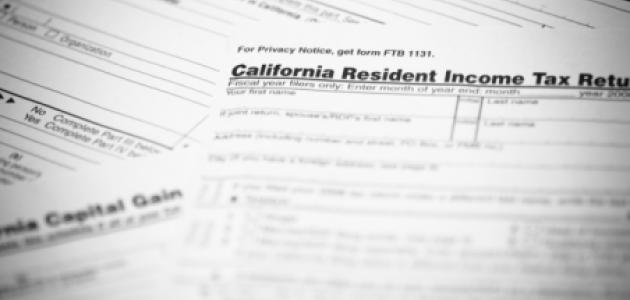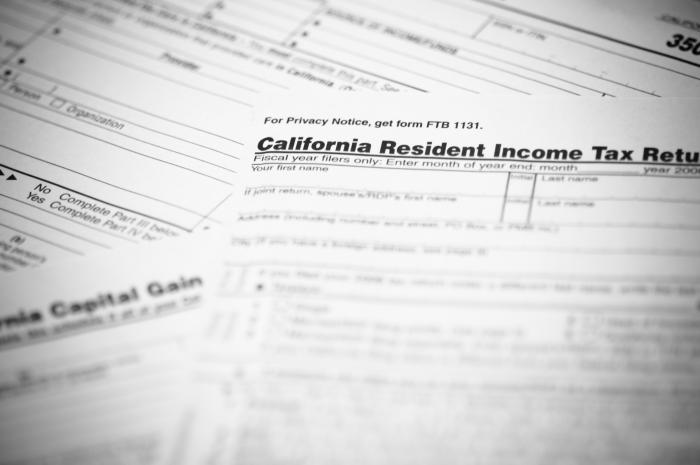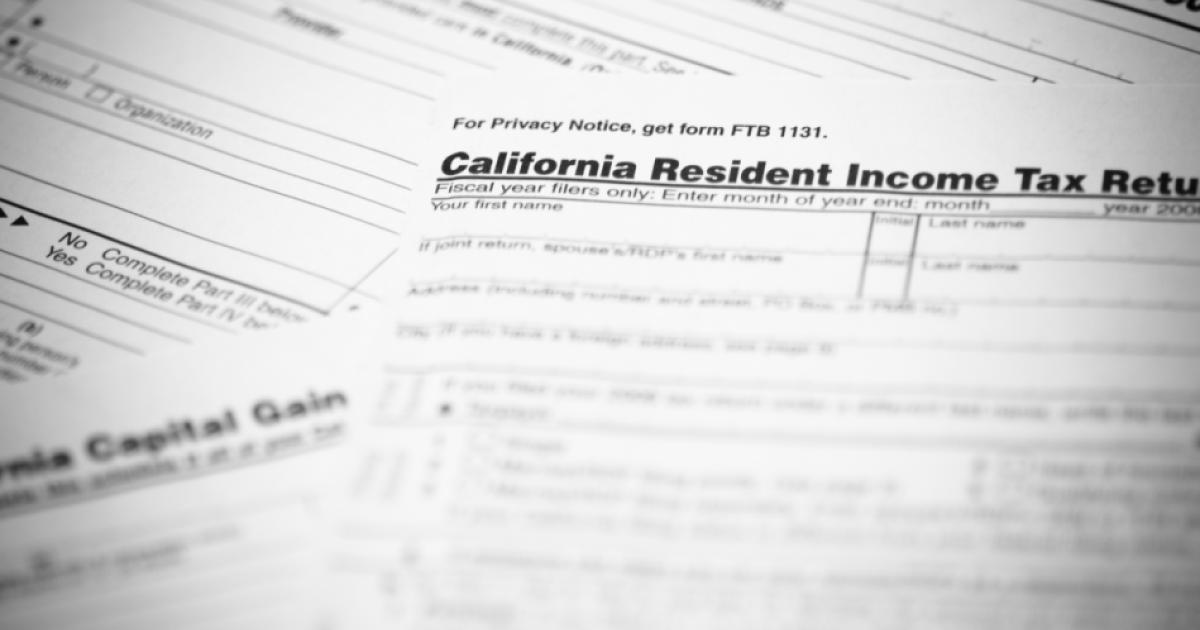- Economics
- Budget & Spending
- Politics, Institutions, and Public Opinion
- State & Local
- California
It wasn’t exactly hell freezing over, but a surprise result in last week’s primary did send a chill up California’s political spine.
The surprise: Proposition 13, a $15 billion school bond apparently going down to defeat. If so, it’ll mark the first time since 1994 that a school bond has lost in a statewide election (votes are still being counted, but Proposition 13—the lone ballot measure up for a vote on March 3—remains shy of 46% support). So much for supposedly insightful California commentators (present company included) telling you that the bond was a slam dunk.
So why did Proposition 13 apparently comes up short?
The temptation is to pin some of the blame on Gov. Gavin Newsom. The governor’s brain trust negotiated the terms of the ballot measure. Newsom raised money for its campaign, did a star turn in a television ad—and he made campaign appearances at public schools during a statewide get-out-the-vote tour.
And yet the measure didn’t receive majority support.
So what else could have gone wrong?
A second theory holds that Californians were misled by the label—confusing 2020’s Proposition 13 with the same-numbered ballot from back in 1978 that imposed a cap on Californians’ residential and property taxes. Perhaps some voters mistook what appeared before them on the March ballot.
But there’s a third theory that intrigues: voter fatigue. Are Californians tired of being asked to give at the ballot—be it tax increases or, in this case, the multidecade loan that is a general-obligation bond? (Factoring in interest on the borrowing, the $15 billion bond would have cost California taxpayers closer to $26 billion, or $740 million in annual payments over the course of 35 years.)
Keep in mind, Proposition 13 wasn’t the only game in town last week when it came to more money for California public schools. Statewide, voters were asked to vote on nearly 240 school bonds (whereas Proposition 13 required a simple majority for passage, nearly all local school bonds required a 55% supermajority).
At last account, according to the California Taxpayers Association, more of half of the local measures are headed for defeat. That’s in contrast to 2016 and the last presidential election year in California, when nearly all of the local school bonds and parcel taxes placed before voters passed.
What happened over the last four years to swing public opinion?
As you’ll see in this Hoover Institution/Stanford Bill Lane Center for the American West survey from January 2016, education was a second-tier issue; dealing with water (California was coming off a four-year drought) and the economy led the way.
Hoover/Lane Center released another survey earlier this month on the eve of the primary. In 2020, Californians’ new lead policy concerns were homelessness and housing. Again, education was eclipsed.
(While we’re on the topic of housing, a provision in Proposition 13 would have allowed school districts to borrow more via local schools. As that borrowing is paid off by homeowners, that raised an unsettling specter of higher property taxes).
This isn’t to suggest that Californians don’t care about the quality of education that the next generation is receiving. But apparently it’s not a driving concern.
Especially when state and local leaders keep asking for more.
There may be no better example of this dynamic than two recent votes in Los Angeles. Last June, residents there were asked to sign off on Measure EE, a 12-year parcel tax that would have imposed a levy of 16 cents per square foot on residential and commercial property (about $320 for a 2,000-square-foot residence) across Los Angeles County, reaping an anticipated $500 million a year in revenue to fund educational improvements. Despite a hard sell by the local teachers’ union, that ballot measure received only 46% support, some 20-plus points below the two-thirds majority needed for passage (a difference of 80,000 votes in that small-turnout special election).
Last week, Los Angeles voters again were asked to approve a parcel tax—this time a 6-cents-per-square-foot levy on property improvements up to 100,000 square feet, to pay for more county firefighters and to upgrade fire equipment. Measure FD did better than the 2019 parcel tax, receiving 52% support at last glance, but that’s still a woeful 57,000 votes shy of the two-thirds requirement.
Why the setback? Perhaps it’s because the good people of Los Angeles County have long memories—voters there in 1997 approving a parcel tax, without a sunset date, to help the county’s firefighters. (Thanks to a provision that matches the tax to cost-of-living increases, the original $48 annual cost for a single-family home is now closer to $70.)
Or this rationale: given that only one-quarter of Los Angeles County residents presently can afford a home (according to the California Association of Realtors, a salary of $127,200 is needed to qualify for a mortgage for a single-family home at the county’s median price point of $649,570), it may be as a simple as Southland homeowners feeling tapped out—or tired or being tapped into for more revenue.
This anti-tax malady isn’t restricted to Los Angeles, by the way. Further to the south, in San Diego, voters apparently rejected Measure C, a proposed near-tripling of the city’s hotel tax that would have funded a convention-center expansion, road improvements, and homeless projects (at last glance, the measure is less than 6,000 votes shy of the two-thirds threshold).
So where does California go from here should Proposition 13 come up short once all the ballots are finally tallied?
Here are three things to watch.
First, Gov. Newsom will have to reconsider when to put a similar measure on the ballot—this time, maybe one that doesn’t reward friends of labor-connected Democratic legislators. One detail that likely hasn’t escaped the governor’s attention: the last statewide school bond to pass did so in November 2016—a general election with double the ballots cast as compared to last week’s primary turnout.
Second, watch for Democratic legislators to revisit the issue of bonds and parcel taxes needing supermajority approval.
In 2000, California voters approved Proposition 39, which reduced the supermajority needed to pass a bond issue ballot question from two-thirds to 55%. Per Ballotpedia, 84% of local school bond proposals in California were approved between 2008 and 2019.
However, parcel taxes remain a tougher sell. According to this 2017 analysis by Michael Coleman, creator of the California Local Government Finance Almanac, parcel taxes passed at only a 62% rate (266 of 427 proposed taxes) dating back to 2002. Lower that threshold for passage to 55% and all but 38 of those parcel taxes would have passed, a 91% approval rate.
Finally, look for some old-fashioned triskaidekaphobia.
On the day following California’s primary and Proposition 13’s underperformance, Assemblyman Patrick O’Donnell announced plans to introduce legislation banning the number “13” from future initiative designations. “We need to retire this ballot number to ensure voters are not misled,” said O’Donnell, chair of the Assembly Education Committee and author of AB 48, the legislative precursor to the seemingly ill-fated Proposition 13.
Some athletes have worn the number “13” and retired at the top of their profession—basketball legend Wilt Chamberlain and quarterbacking great Dan Marino come to mind.
But in California, that number apparently serves a different function: that of a bullseye. Or so we may be reminded should there be a referendum on the future of the original Proposition 13 when Californians return to the polls in November.
If that measure fails, blame it on the curse of “13.”
Or, voters cursing at the thought of paying more in taxes.







